How to Use a Crypto Wallet: Hot vs Cold Storage, Security & Gas Fees Explained
By CapitalKeeper | Crypto Educational | Crypto Capital | Market Moves That Matter
Beginner’s guide to crypto wallets: Learn the difference between hot vs cold storage, step-by-step wallet setup, key security tips, and how gas fees work with ways to reduce them. Perfect for crypto investors in 2025.
How to Use a Crypto Wallet: Hot vs Cold Storage Explained
Cryptocurrencies like Bitcoin, Ethereum, and countless altcoins have taken the financial world by storm. But while buying your first crypto may seem exciting, one of the most crucial steps for any investor or trader is safely storing digital assets. Unlike traditional money in a bank account, cryptocurrencies are decentralized. This means that the responsibility for safeguarding your funds lies entirely with you.
This is where crypto wallets come into play. They are digital tools that allow you to securely store, send, and receive cryptocurrencies. In this guide, we’ll break down the difference between hot and cold wallets, share security tips, give you a step-by-step wallet setup process, and explain gas fees—why they matter and how to reduce them.
1. What is a Crypto Wallet?
At its core, a crypto wallet is not like a physical wallet holding cash. Instead, it’s a digital tool that stores your private keys—the secret codes that prove ownership of your cryptocurrency. Whoever controls these private keys controls the funds.
A wallet has two major components:
- Public Key (Address): Similar to a bank account number. This is what you share to receive funds.
- Private Key: Similar to your ATM PIN. This must be kept secret, as anyone with access to it can move your funds.
2. Hot Wallets vs Cold Wallets
The two main categories of crypto wallets are hot wallets and cold wallets, and the difference lies in their connection to the internet.
🔥 Hot Wallets (Connected to the Internet)
Hot wallets are software-based wallets that remain online. These include mobile apps, web wallets, and desktop applications.
Examples: MetaMask, Trust Wallet, Coinbase Wallet.
Advantages:
- Easy to set up and use.
- Convenient for daily trading and transactions.
- Free or low cost.
Disadvantages:
- Vulnerable to hacking, phishing, and malware.
- Dependent on device security.
Hot wallets are best for active traders who need quick access to funds.
❄️ Cold Wallets (Offline Storage)
Cold wallets, on the other hand, are offline devices or even physical paper wallets. The most common are hardware wallets such as Ledger and Trezor.
Advantages:
- Much safer against online hacks.
- Suitable for long-term investors (HODLers).
Disadvantages:
- Less convenient for frequent trading.
- Hardware wallets cost between $50–$200.
Cold wallets are best for long-term holders or those storing large amounts of crypto.
3. Security Tips for Using Crypto Wallets
Whether you choose a hot or cold wallet, your security practices will determine how safe your funds are.
✅ Essential Security Practices:
- Backup Your Wallet: Always write down your seed phrase (usually 12–24 words). Store it offline, never on your phone or computer.
- Enable Two-Factor Authentication (2FA): Adds a layer of protection against unauthorized logins.
- Beware of Phishing Links: Always check URLs carefully and avoid clicking on suspicious links.
- Use Strong Passwords: Combine uppercase, lowercase, numbers, and symbols.
- Keep Devices Secure: Regularly update your operating system and antivirus software.
- Split Holdings: Store small amounts in a hot wallet for daily use and larger amounts in a cold wallet.
4. Step-by-Step Wallet Setup Guide
Let’s walk through the setup of a popular wallet like MetaMask (hot wallet) and a hardware wallet (cold wallet).
🔥 Setting Up a Hot Wallet (MetaMask Example)
- Download Official App/Extension: Go to metamask.io and install the wallet.
- Create Wallet: Set up a strong password.
- Backup Seed Phrase: Write down the 12-word recovery phrase. Never share it.
- Add Network: By default, MetaMask runs on Ethereum. You can add other networks like Binance Smart Chain or Polygon.
- Fund Wallet: Copy your wallet address and transfer funds from an exchange.
❄️ Setting Up a Cold Wallet (Ledger Example)
- Buy from Official Source: Never buy second-hand hardware wallets.
- Connect Device: Plug into your computer via USB.
- Install Ledger Live App: Used to manage wallet setup and assets.
- Set PIN Code: Protects device access.
- Backup Recovery Phrase: Write down 24 words provided during setup.
- Transfer Funds: Move crypto from exchange into Ledger for offline storage.
5. Understanding Gas Fees
If you’ve used Ethereum or other blockchains, you’ve probably encountered gas fees. These are transaction costs paid to miners (Proof of Work) or validators (Proof of Stake) for processing and securing transactions.
Why Gas Fees Matter
- Transaction Priority: Higher gas fees mean faster processing.
- Network Congestion: Fees spike when many people are transacting at once.
- Cost of Use: Sometimes, fees can exceed the transaction amount, especially for small transfers.
Example:
- Sending $100 worth of ETH might cost $5 in gas during normal conditions.
- During high congestion (NFT drops, market crash), the same transaction might cost $50 or more.
6. How to Reduce Gas Fees
High gas fees can eat into profits, especially for small investors. Here’s how to minimize them:
- Use Layer-2 Solutions: Networks like Arbitrum, Optimism, and Polygon reduce transaction fees significantly.
- Transact During Off-Peak Hours: Gas fees are often lower during weekends or late-night (GMT time).
- Adjust Gas Settings: Some wallets let you set a lower fee, but transactions may take longer.
- Choose Cheaper Blockchains: Instead of Ethereum, use Solana, Avalanche, or Binance Smart Chain for lower costs.
- Batch Transactions: If possible, send multiple tokens in one transaction.
7. Example Trades: Hot vs Cold Wallet Usage
Let’s imagine two investors:
- Amit (Trader): Uses MetaMask (hot wallet) to trade daily on decentralized exchanges like Uniswap. Since he needs speed, convenience outweighs risk. He keeps only $500 in his hot wallet and moves profits to cold storage weekly.
- Rina (Long-Term Investor): Bought Bitcoin worth $10,000 and uses a Ledger hardware wallet. She rarely makes transactions and stores her recovery phrase offline. This minimizes her exposure to online risks.
Both are right in their own way—the choice depends on your goals.
8. Final Thoughts
A crypto wallet is the backbone of your journey into digital assets. Whether you’re an active trader or a long-term investor, understanding the difference between hot and cold wallets, practicing security hygiene, and being aware of gas fees will save you from costly mistakes.
- Use hot wallets for convenience and trading.
- Use cold wallets for long-term storage and large funds.
- Always back up your seed phrase and stay vigilant.
In crypto, you are your own bank. The responsibility to protect your wealth lies entirely in your hands.
📌 For daily trade setups, technical learning, and smart investing tips, stay tuned to CapitalKeeper.in
📌 For more real-time updates, trade setups, and investment insights — follow us on [Telegram] and [WhatsApp Channel] subscribe to our newsletter!

Subscribe Now , Join Telegram the Crypto Capital Club, Get Free Crypto Updates
📌 Disclaimer
The content provided on CapitalKeeper.in is for informational and educational purposes only and does not constitute investment, trading, or financial advice. While we strive to present accurate and up-to-date market data and analysis, we make no warranties or representations regarding the completeness, reliability, or accuracy of the information.
Stock market investments are subject to market risks, and readers/investors are advised to conduct their own due diligence or consult a SEBI-registered financial advisor before making any investment decisions. CapitalKeeper and its authors are not liable for any loss or damage, direct or indirect, arising from the use of this information.
All views and opinions expressed are personal and do not reflect the official policy or position of any agency or organization. Past performance is not indicative of future results.By using this website, you agree to the terms of this disclaimer.
Ranjit Sahoo
Founder & Chief Editor – CapitalKeeper.in
Ranjit Sahoo is the visionary behind CapitalKeeper.in, a leading platform for real-time market insights, technical analysis, and investment strategies. With a strong focus on Nifty, Bank Nifty, sector trends, and commodities, she delivers in-depth research that helps traders and investors make informed decisions.
Passionate about financial literacy, Ranjit blends technical precision with market storytelling, ensuring even complex concepts are accessible to readers of all levels. Her work covers pre-market analysis, intraday strategies, thematic investing, and long-term portfolio trends.
When he’s not decoding charts, Ranjit enjoys exploring coastal getaways and keeping an eye on emerging business themes.
📌 Follow Ranjit on:
LinkedIn | Twitter/X | Instagram | ✉️ contact@capitalkeeper.in
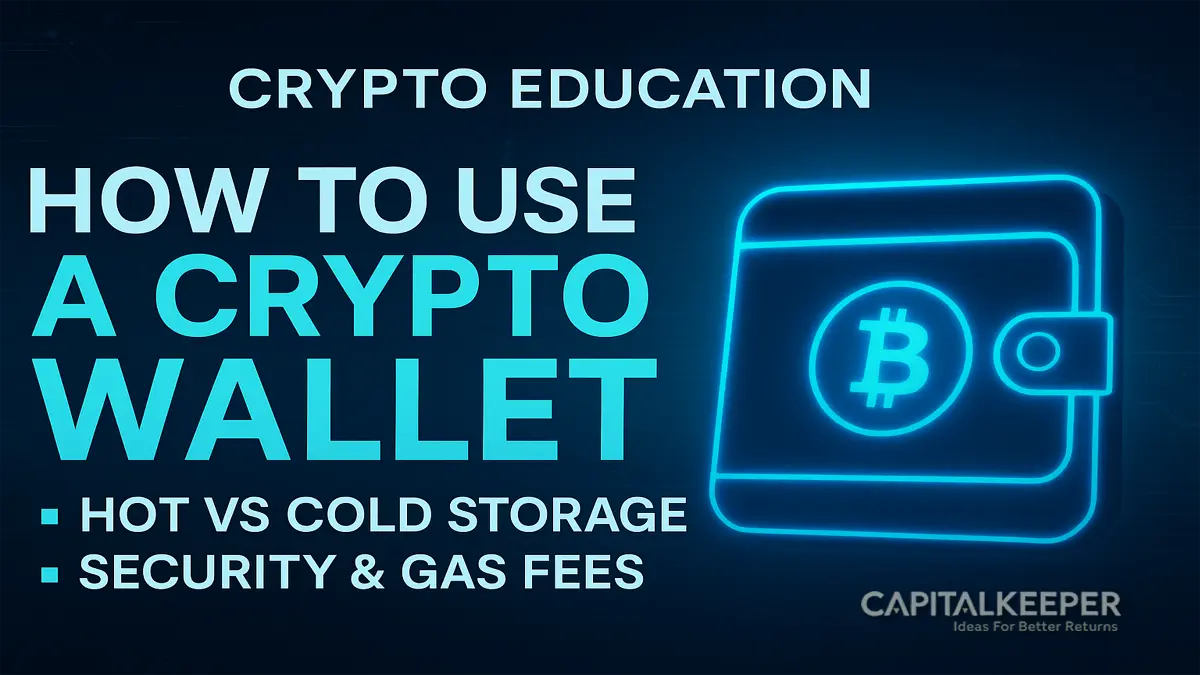





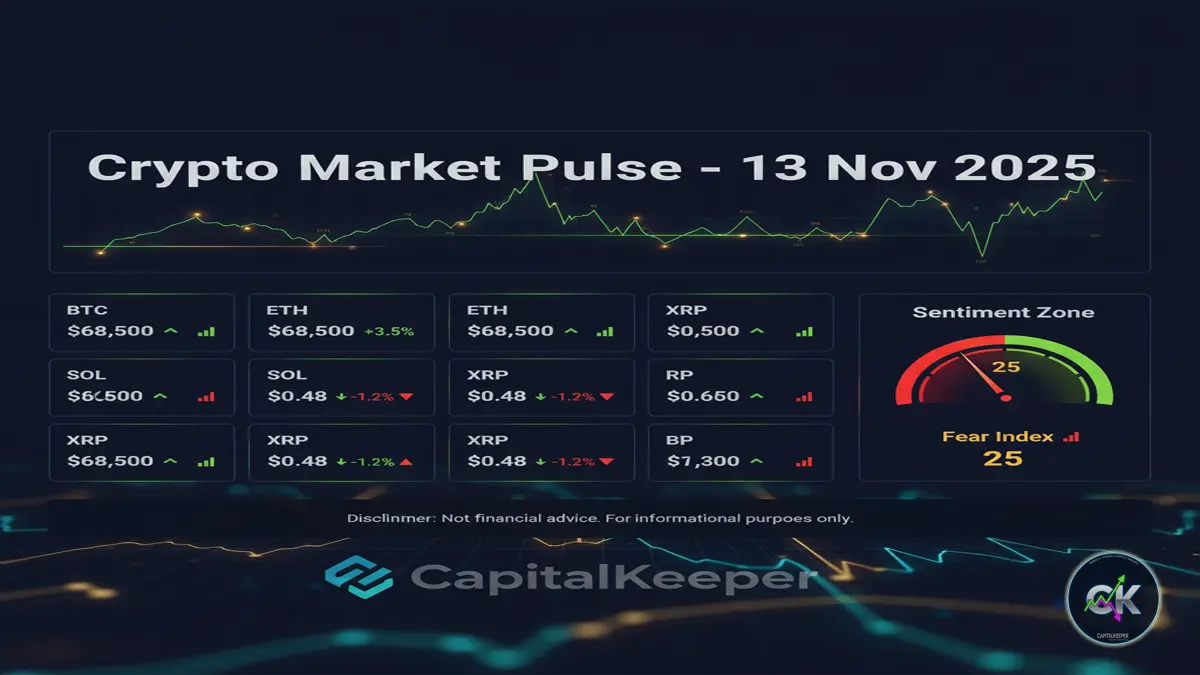
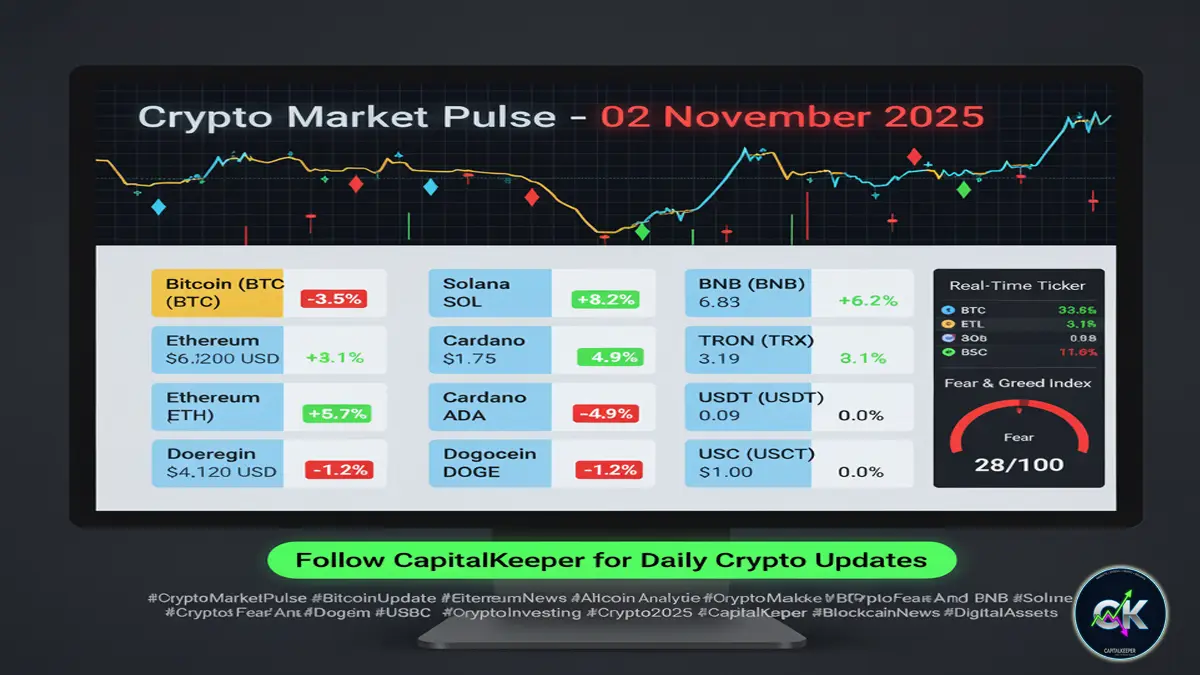
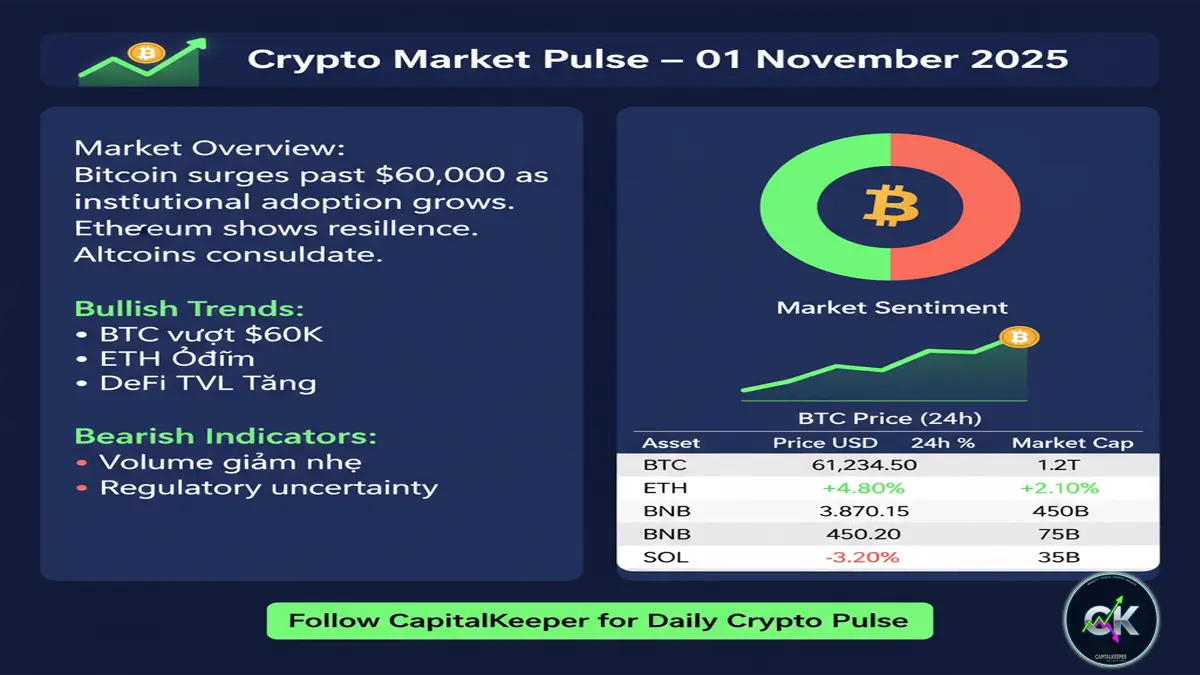

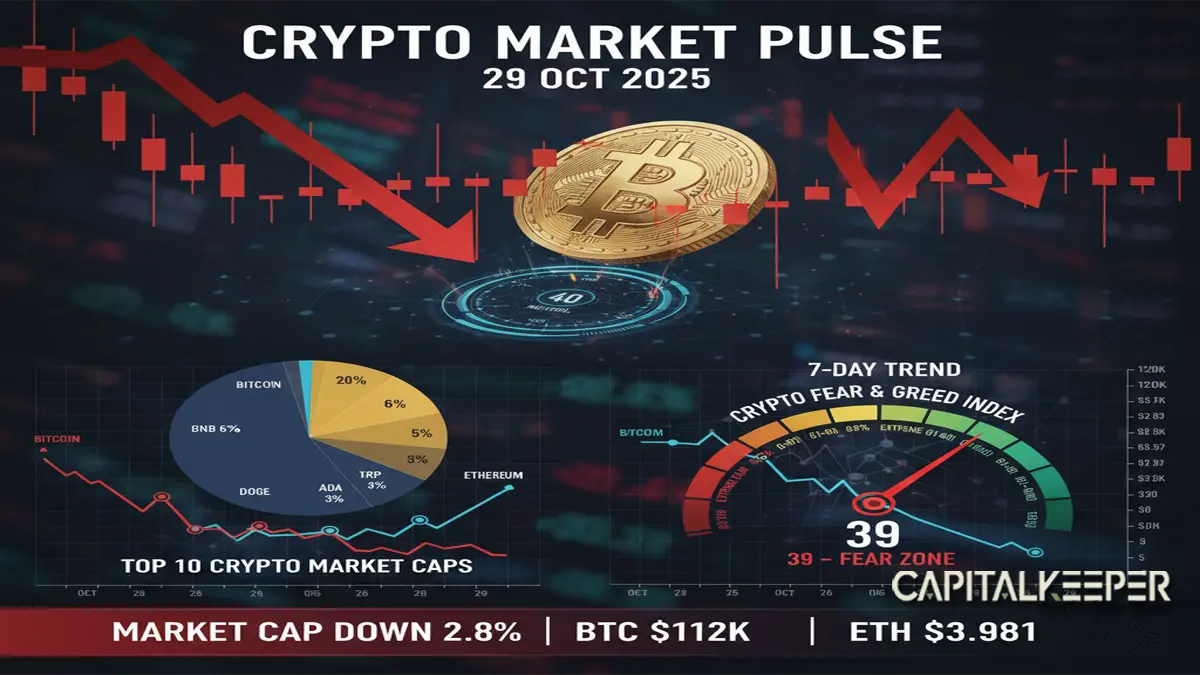


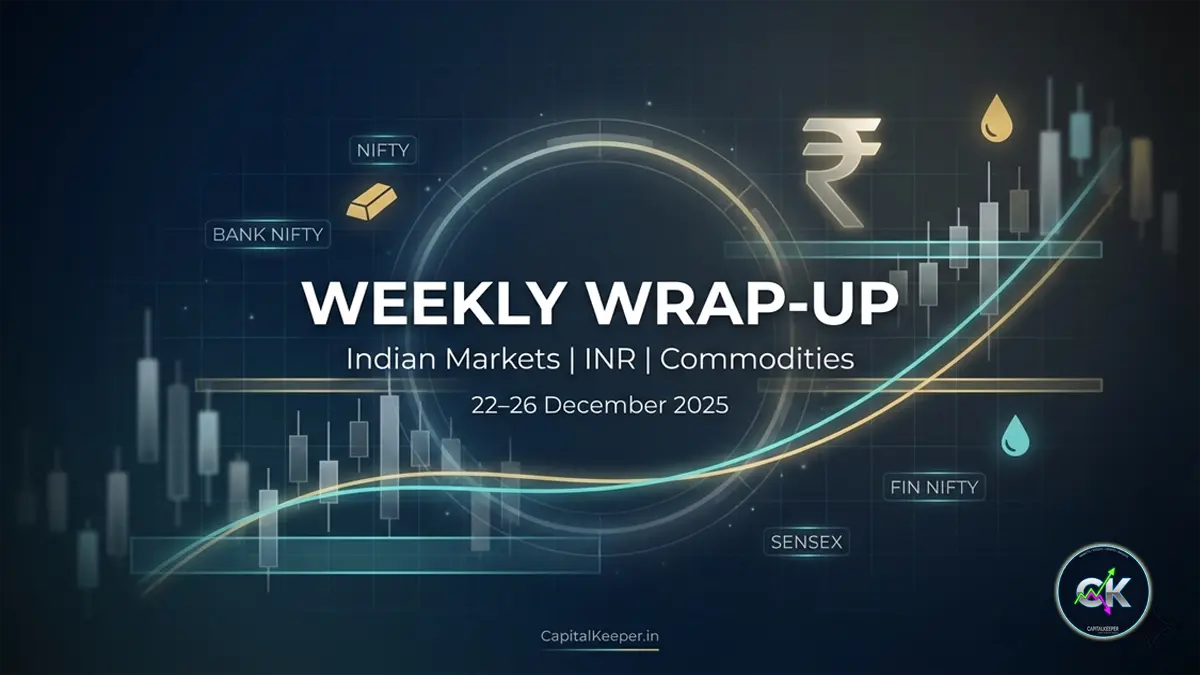


Leave a Reply